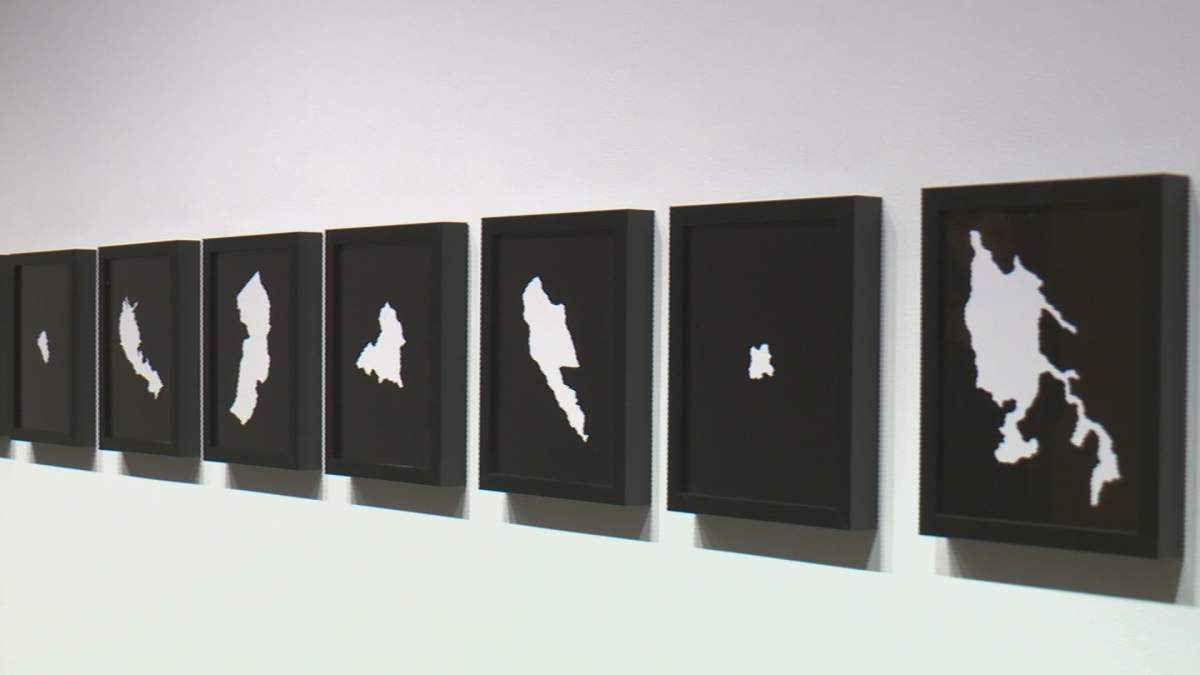A new art exhibit that opened on Nov. 8 at the University of Lethbridge is displaying ideas of climate change in a unique way.

“The exhibition is important because one of the things art can do is shift the conversation,” said Josephine Mills, director and curator of the University of Lethbridge art gallery.
“I’m hoping this exhibition will open up conversation and new ways of thinking.”
Refugio artist Sarah Fuller said she aims to showcase the issue of climate change in a new light by highlighting two insects unique to specific parts of the world.

Get daily National news
The Lord Howe Stick insect from Australia and Rock Crawlers found in the Rocky Mountains each need cold climates to survive.
Fuller said providing more information on these often-overlooked creatures and the ever-changing weather affecting their habitats provides an insight into glacier melt that isn’t always seen.
READ MORE: Online maps highlight impact of climate change on Canada’s boreal forests
“I’ve lived in the mountains for the past 11 years, and I have a special connection to that landscape and that environment,” said Fuller.
“I’m trying to shift the perception and way of looking at that landscape and other landscapes beyond a human-centric way.
“I’m interested in the tiny things, the organisms and plants that live in this beautiful, sublime environment.”
Refugio is part of a research partnership at the University of Lethbridge that encourages the public to find new ways of thinking about the future of the environment.
The exhibit will be displayed in the art gallery until Jan. 10, 2019.
- Flu hospitalizations rise sharply as H3N2 spreads across Canada
- US forces stop 2nd oil tanker off Venezuela coast as Trump follows promise to seize tankers
- Tax season is still months away. Doing 3 things now could help you later
- Paraplegic engineer becomes the first wheelchair user to blast into space








Comments